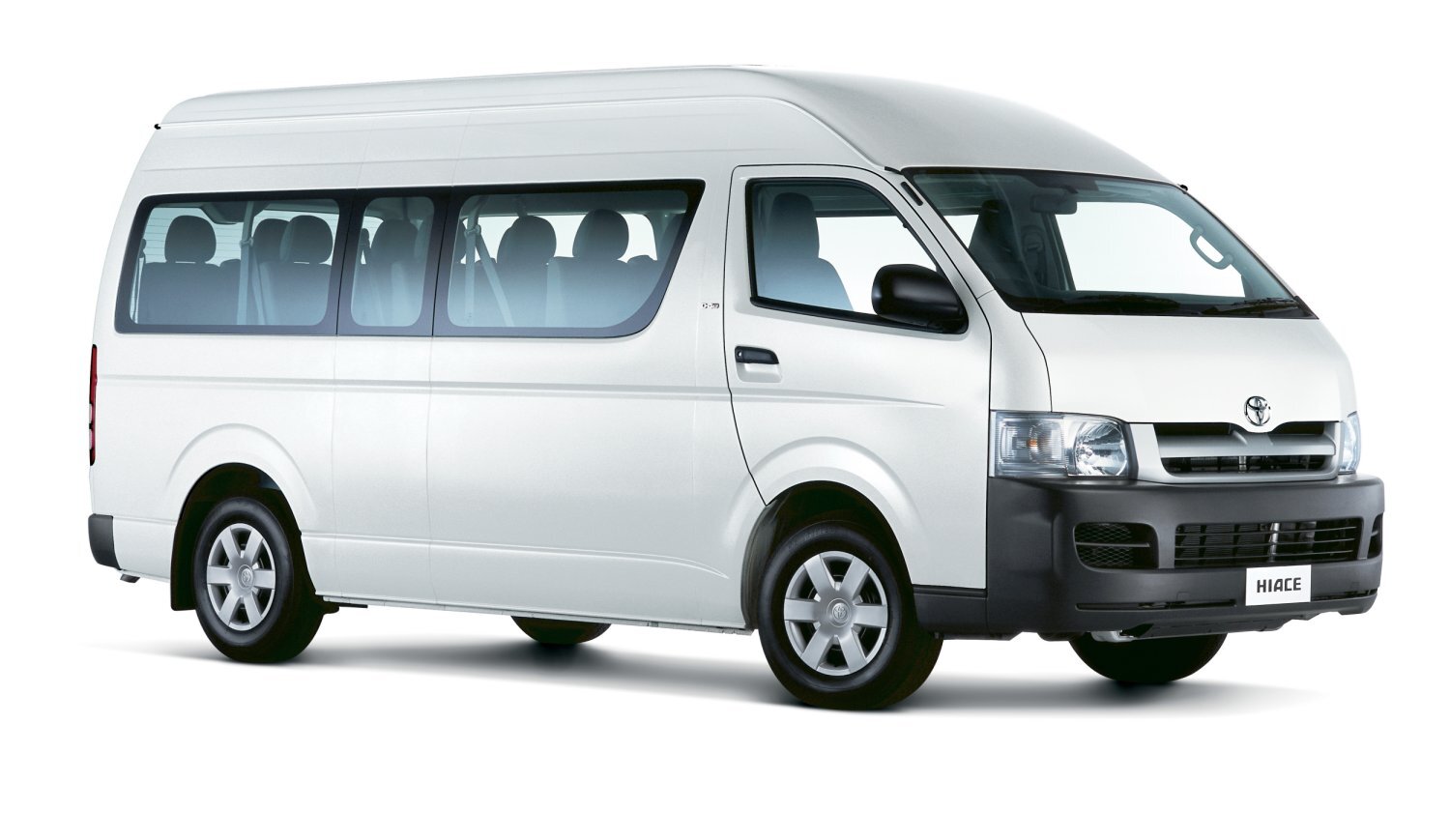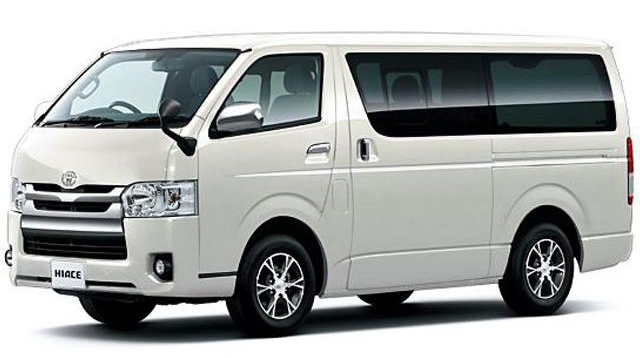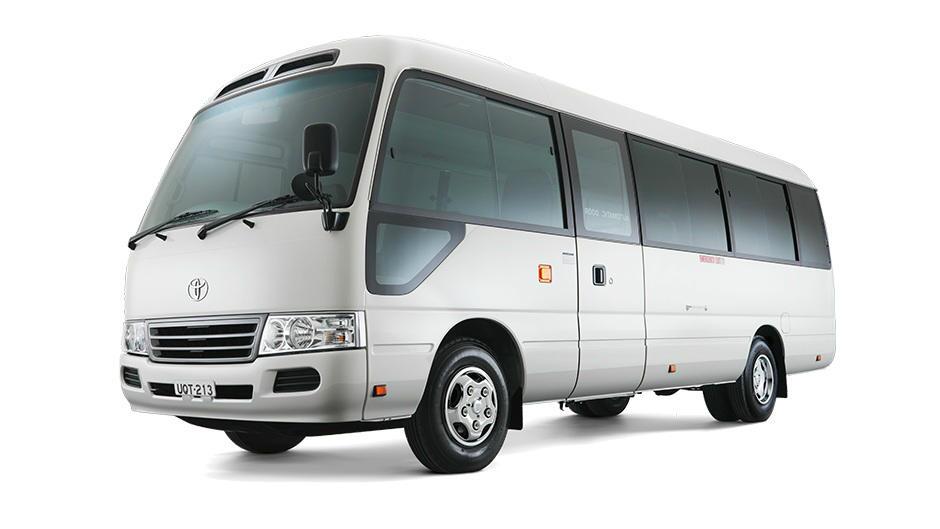Galle Fort
The pride of a nation and the country in the eyes of the world is enhanced by its civilization, its culture and its natural beauties. Endowed with these qualifications with a 2500-year-old history supported by ancient archaeological treasures, Sri Lanka is rated as a bio-diversity hot spot in the world.
The historical importance of the Galle Fort is unchallenged. The origins of Galle though lost in antiquity still survive through artefacts which confirm its existence in the pre-Christian and Roman eras. Through the medieval ages, the Galle Fort emerged as Ceylon’s major southern international port attracting Chinese, Indian, Indonesian, Persian, Roman and Arab traders.
The Galle Dutch Fort is a rare historical jewel protected by dark, thick stone walls – with the endless ocean on one side. The roads inside the Galle Fort have hardly changed, like the squares on a chess board crisscrossing in regular patches. Straight and narrow lanes branch in and out inviting the visitor on a delightful walk into the 17th century.
Today’s Peddler Street was called “Moorse Kramerstraat” by the Dutch, Lighthouse Street was “Zeeburgstraat and Middelpuntstraat”, Hospital Street as `Nieuwe Lijnbaanstraat and Lijnbaanstraat (New Ropewalk Street), Old Ropewalk Street as Oude Lijnbaanstraat (Old Rope-Walk Street), Church Street as Kerkstraat, Parrawa Street as “Parruasstraat” and Chiando Street as “Chiandostraat”. Through this memory walk, one would however miss the 17th-century familiar vendors who traded in cinnamon, lace, elephants, tortoise and turtle shell ornaments besides the famous down south sweetmeats like “Bondi aluwa” hanging in garlands from the shoulders of vendors.
In 1505 a group of Portuguese sailors led by Don Lorenzo de Almeida arrived on the island and they built the first fortification in Galle on a cliff, jutting out into the sea. It was called the Swart Bastion or the Black Fort in 1520. Later it was fortified and enlarged by the Dutch in 1667.
14 bastions have been identified on the fort today.
Sun Bastion
It is recorded that by about 1620 this deference bastion was very strongly built by the Portuguese. It was named by them Sao Iago.
On 4th August 1667, it was renamed by the Dutch as the Zon (Sun) Bastion. On this occasion the first canon shots fired as a guard of honour from this bastion was in honour of the fiancé of the Dutch Governor Hester D. Solomin Razikloff Van Govassas.In 1697 the base of the bastion was further strengthened. By about 1760, there were about 15 canons installed on this bastion
Moon Bastion
The Portuguese had named this bastion Conceycao, which meant “the pure conception.” The Dutch originally identified as the Middle Point. In 1667 it was officially named as Mark or the Moon Bastion.
By 1760 there were 19 canons installed on this bastion. The main entrance to the fort lies between the Sun Bastion and the Moon Bastion. This entrance was made by the British by carving out the rampart.
Star Bastion
This bastion was named by the Portuguese Sao Antonio (St. Anthony’s). The Dutch first named it the Zee Punt (Sea Bastion). In 1667 it was officially named by them the Star Bastion. After it was renamed, the first canon shot was fired by the daughter of the then Dutch Commander of Galle Adrian Ruthas.
There were about 6 canons installed on this bastion.
Aeolus Bastion
To defend the western approaches to Galle Fort the Dutch built a long rampart wall linked by four gun platform bastions between the Sun Bastion in the northwest corner of the fort and Flag rock in the southwest corner. All these bastions are open to the public and ideal locations for enjoying the sunset over the sea.
Aeolus means the sea breeze. It is believed that it was so named because the Dutch Naval Commander’s official residence was located here and due to the importance of wind for ships.
Clippenburg Bastion
Clippen means jutting into the sea and burg means village. It has been named due to its setting. During the British period, a naval signal station had been located here called the Lloyd Signal Station owned by the Lloyd Company. There are still remnants of the equipment which was installed here.
Neptune Bastion
This is a minor bastion on the western ramparts of the fort. During the Dutch period, it had been named Neptune’s Bastion. In British period maps, it is marked as Neptune Bastion. This bastion was occupied by flagstaff and a signalling station during world war II.
Triton Bastion
Another minor bastion is seen on the exploratory map of Galle Fort which was drawn by chief engineer Reimer in 1790. It is recorded that there was a windmill erected here to draw water which filled tanks with seawater to supply carts which went through the roads of the fort spraying seawater to keep the town dust free and cool.
Flagrock Bastion
This bastion lies at the southernmost end of the fort and has also been known as Visser’s Hoek and Viaggeklip Bastion in the past. According to J.W. Heide, the Dutch flag had been hoisted here by 1733.
In Gems Cardine’s book Description of Ceylon, it is stated that in 1796 the British flag was hoisted here.
In 1848 the first lighthouse on the island of Sri Lanka had been constructed here. The light had been powered by kerosene oil and gas. It had been destroyed by fire around 1930.
Today this is one of the most popular places for tourists to catch the sun sinking beneath the sea over the horizon and during the daytime you can find a group of the local daredevils group jumping off the bastion in the rocky waters below for the entertainment of the tourists.
Point Utrecht Bastion
It has been named after the hometown of the first clergyman of the Dutch Reformed Church who arrived in Galle in 1641, namely, the Rev.Anhenrio Husaivers. By 1760, it had 6 canons installed.
After the first lighthouse on the Flagrock Bastion was destroyed by fire, the new lighthouse which is 92 feet high was erected here in 1939. Bunkers had been built around the lighthouse during the Second World War. They have been removed some time ago.
Near the lighthouse, there is a flight of steps leading to the beach where there is a bathing spot. During the British period, it was used as the Ladies Bathing Place.
There is a gunpowder magazine close to this bastion which bears a Dutch inscription from 1782, facing the road.
Akersloot Bastion
This bastion has been named after the hometown of Commander Wilhelm Jacobs Coster who led the Dutch conquest of Galle Fort. This is located next to the old Dutch hospital building. It is said that it was once used during the Dutch period for postmortem examinations. It has the inscription “Akersloot 1759” although it was erected earlier.
It is an excellent vantage point for the observation of the Galle harbour and bay. From the British period onwards, it has been used as the official residence of the Harbour Master. It is believed that there were 7 canons installed here to protect the bay from invading vessels.
Another interesting feature of this bastion is the old breadfruit (Artocarpus incisisus) tree found here which is believed to be the first breadfruit tree planted by the Dutch on the island of Sri Lanka.
Aurora Bastion
This bastion is named after the Roman God Aurora. It is believed that it was so named because it is the point in Galle Fort from which one could get the best view of sunrise.
By 1760, 6 canons had been installed here.
Zwart Bastion (Black Fort)
This is believed to be the original fort of the Portuguese thus the oldest section of the fort. This has been restored and is open to the public.
Commandment Bastion
This is marked in Reimer’s map of Galle Fort (1790). It is believed that was named due to its close proximity to the Dutch Commander’s official residence
Fishmark Bastion
his is also found in Reimer’s map of Galle Fort (1790). It is believed that it was named Fishmark because fishing craft could be well observed from here.
Popular Tourist Attractions Ticket prices
Popular Attractions in Galle
Galle Vehicle Transfer

1 – 3 Travelers + Luggage

1 – 9 Travelers + Luggage

1 – 6 Travelers + Luggage

1 – 14 Travelers + Luggage
One Way Hire, Airport Transfer, Long-Term Vehicle Hire For Sri Lanka Tour Program. We have English Speaking Professional Driver Or Guide And We provide Car, Van, Minibus, and Bus